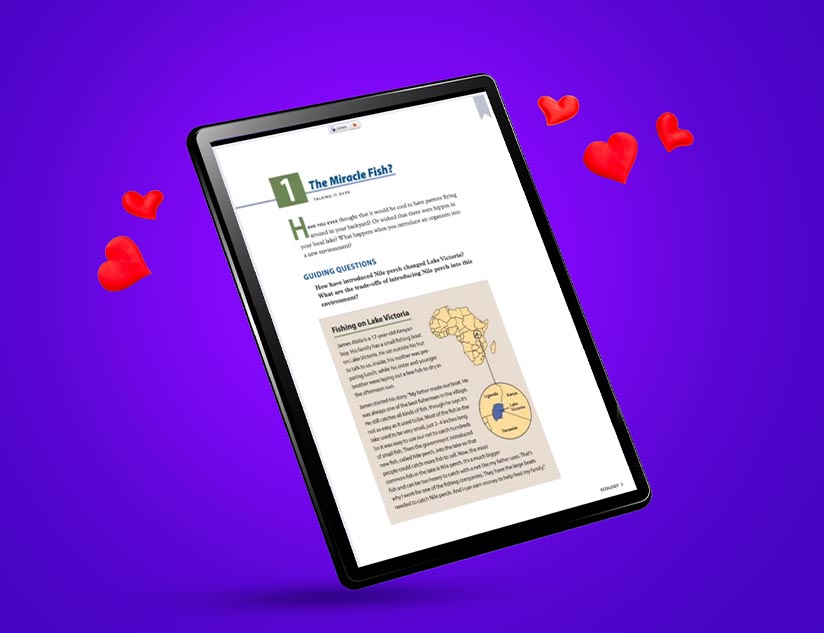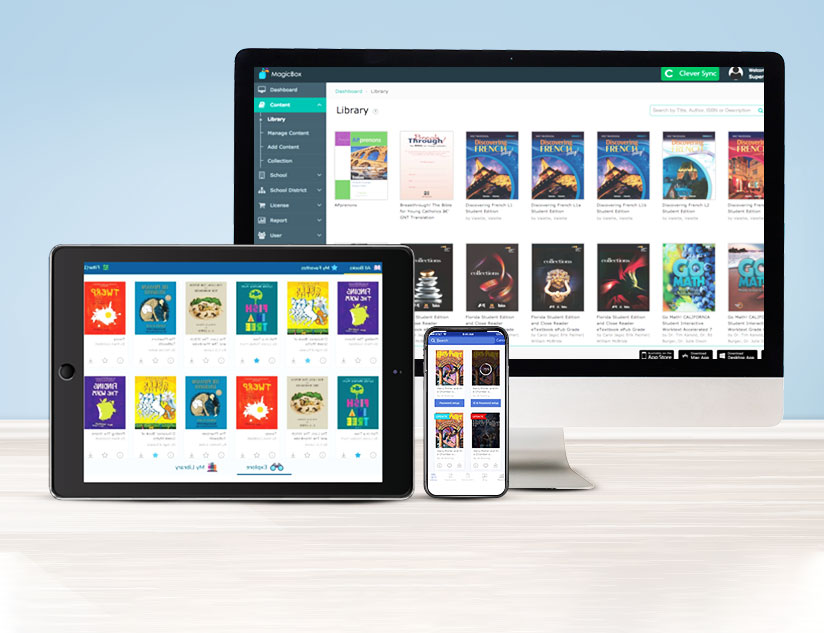How Learning Platforms Provide Stability to the Changing eBook and Audiobook Publishing Models
March 9th, 2020
There are times of upheaval and turmoil in almost every industry, at some point in time. The timber industry in Louisiana faced such a period in the 1980s. The forests in that area were being devastated by a pest known as the southern pine beetle. The standard procedure was to spray the infested site with pesticides. But that only seemed to make the situation worse.
The publishing industry is facing a similar predicament today, where traditional solutions do not seem effective anymore. The crux of the matter seems to be Amazon promoting the narrative that the lending of eBooks is one of the primary reasons for the decline in eBook sales. Amazon started sharing data that appeared to confirm that licensing libraries were leading to the loss of sales of digital books. This led to numerous publishing houses changing their licensing models.
In 2019, Hachette Book Group changed its model for libraries from perpetual licensing to a two-year digital audiobook and eBook lending model. Other publishers, such as Simon & Schuster and Penguin Random House (PRH), soon followed suit. Some other publishers, such as audiobook provider Blackstone Publishing and Macmillan, tried putting an embargo on sales to libraries.
The library sales embargo might look like a good proposition in the beginning. According to Tom Doherty, president and publisher of Macmillan, libraries are only responsible for 15% of the revenue, despite being accountable for 45% of the digital reads.
So, lending or renting digital content isn’t the biggest obstacle to optimal monetization for publishers. It is all about licensing. Here, even a subscription model could bring in improved revenue.
How Publishing Platforms Can Solve Licensing Dilemmas
Like in the case of the Louisiana timber industry, the best solutions are not always the ones that are first used. In Louisiana, it was found that the pesticide that was being used to destroy the southern pine beetle was also killing anther beetle species that helped control the pest population.
In case of the publishing industry, the solution to the monetization problems and dwindling digital content sales lies not in changing the business model but managing licensing and digital rights through a robust and advanced digital publishing platform.
Here’s a look at some of the ways in which such a platform can improve ROI for publishers.
1. White Label Platform
Publishers gain the ability to distribute their content in an effective and aggressive manner with the help of a white-labeled platform, like MagicBox™. Such a platform offers rich features and functionalities that allow publishers to brand all their content effectively while benefiting from infrastructure and application upgrades. This helps publishers focus their energies on growing their business instead. Also, the process becomes much simpler and more efficient, which significantly reduces time to market.
2. DRM Tools
The key to monetization is efficient digital rights management. With the help of robust DRM tools, publishers can gain control over who has access to their content. The content is protected via encryption and can be distributed through a subscription model. This allows the publisher to set the timeframe for access to their content, while also limiting the number of devices on which the content can be accessed.
Some of the major benefits of such DRM tools are:
- Only those who have paid for the license can access the content. This ensures secure sales, promotion, and distribution of digital content.
- It can prevent screen grabbing, printing, and copying of digital content.
- It also removes any scope of modifying the content, without the permission of the publisher.
- Publishers can also assign the expiry date for their content.
3. Authoring Tools
The speed of creating, modifying and distributing content is greatly enhanced with the help of authoring tools. These tools reduce the time taken to create layouts, outsource tasks and collect media. These tools provide everything needed to create engaging content, with tools to integrate multimedia and interactive elements as well.
4. Analytics
Such powerful publishing platforms can also provide publishers analytics about the reading and learning behavior and digital content consumption patterns of the target audience. This can help publishers improve their products and respond quickly to consumer demand.
Publishing platforms are the future of digital content creation and distribution. The time to adopt these tools for success is now. Contact us to learn how.













